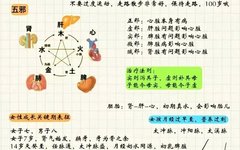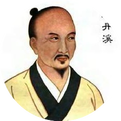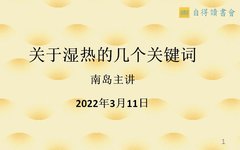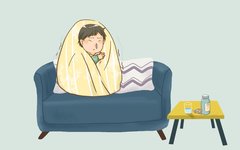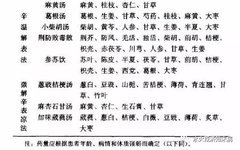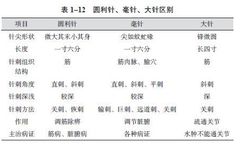Mind Map of the Huangdi Neijing (Essential Content)
Pathogenesis TheoryThe theory that studies the internal mechanisms of disease occurrence, development, outcome, and changes is called pathogenesis theory. As stated in the Suwen: Essential Discussion on True Principles, “Examine the pathogenesis without losing the appropriate qi” and “Carefully guard the pathogenesis, each serving its purpose” are both contents of this theory.1. Causes of Disease: … Read more

